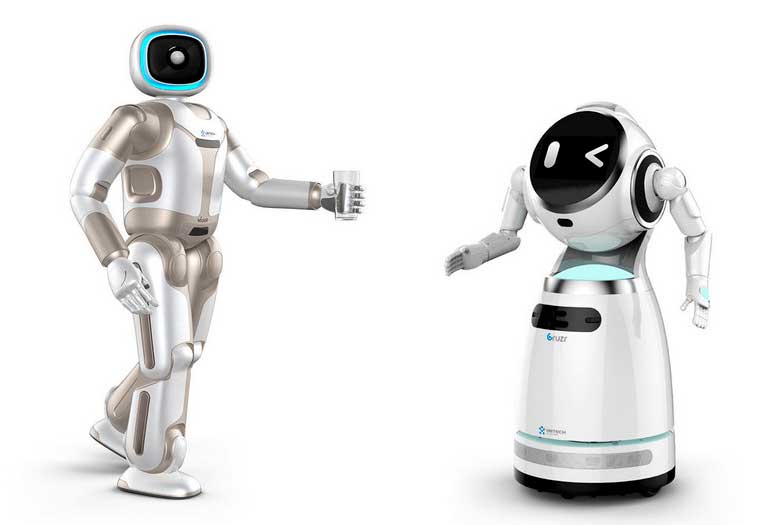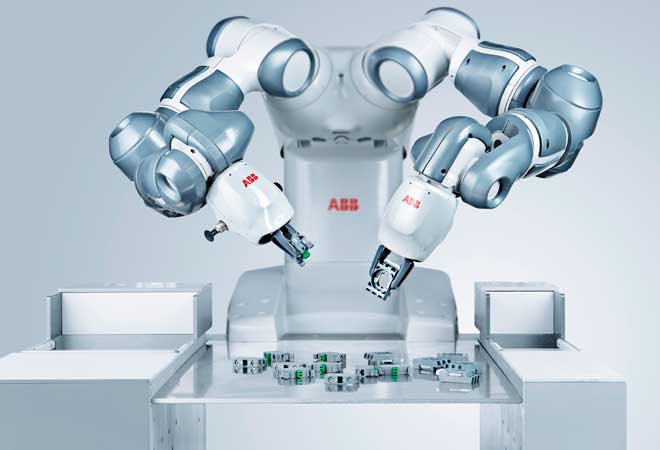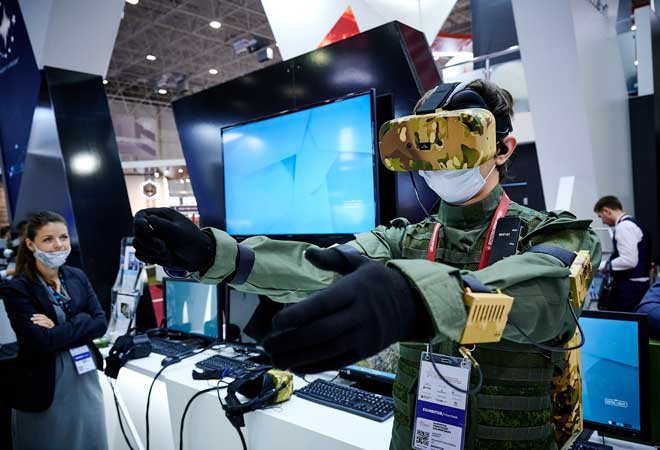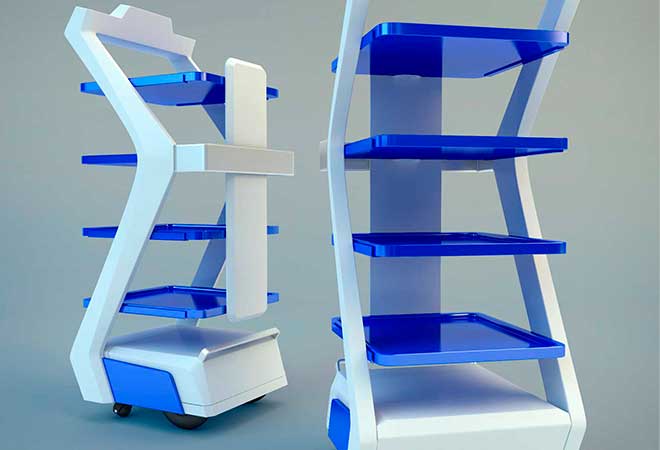
Organic agriculture faces serious challenges. The demand for organically produced food has grown enormously in recent years. However, agriculture is increasingly facing the growing effects of climate change, such as extreme weather conditions that result in crop failures that threaten growth. At the same time, cost pressures on farmers are increasing due to competition and environmental demands.

In the public debate, we often hear complaints about the shortage of skilled workers and the threat to jobs from robots. It would seem to be a contradiction that needs to be resolved. You and I often discuss the customer's motivation for buying a robot. It is changing more and more.

Global inventories of industrial robots are expected to nearly quadruple, from 1,059,000 units in 2010 to 3,971,000 units in 2023. At the same time, industrial robot prices are declining: according to a price development forecast published on the Statista website, an industrial robot in the U.S. was still worth $182,000 in 2005, and in 2025 it will cost only $103,000 - about half that.

The Corona pandemic has catalyzed the implementation of digital processes in companies. In addition to remote commissioning and maintenance services, meetings and training are also increasingly taking place digitally. Whether on-the-job training or training, especially in the chemical industry, AR or VR applications can be used to learn and practice risky processes on safety simulators.

A service robot is a robot that performs functional tasks for people or equipment to the exclusion of industrial automation. Service robots are divided into two categories depending on their application:
- Service robots for home use are used for non-commercial tasks and are usually operated by non-professionals. Examples of this category are robotic butlers, robotic vacuum cleaners and robots for mowing lawns, and automatic wheelchairs.

Many discussions about robotic surgery, digital surgery, and telesurgery, including many positives. In particular, thanks to new forms of AR, robot-assisted surgery platforms can see ( computer vision), learn ( machine learning) and assist ( clinical intelligence) with surgery, making a faithful digital surgical assistant available for the first time. But for robot-assisted surgery, digitized surgery, and telesurgery to show their full potential, 5G infrastructure needs to be provided everywhere. Robotic-assisted surgery also needs to be widespread for further development.



